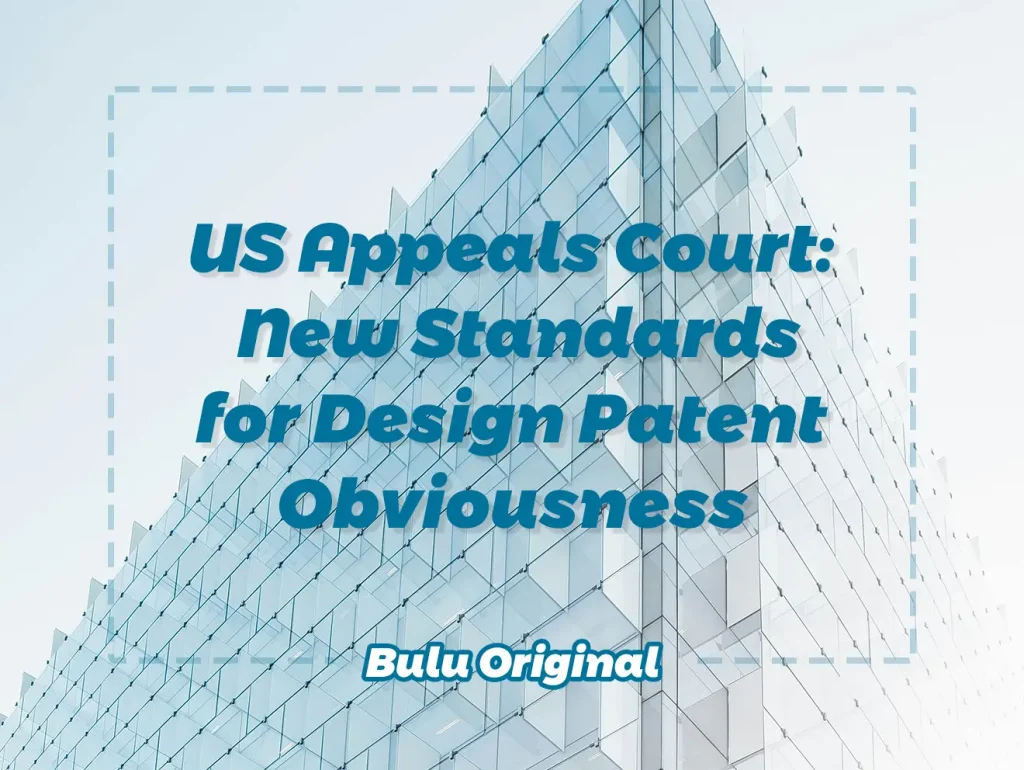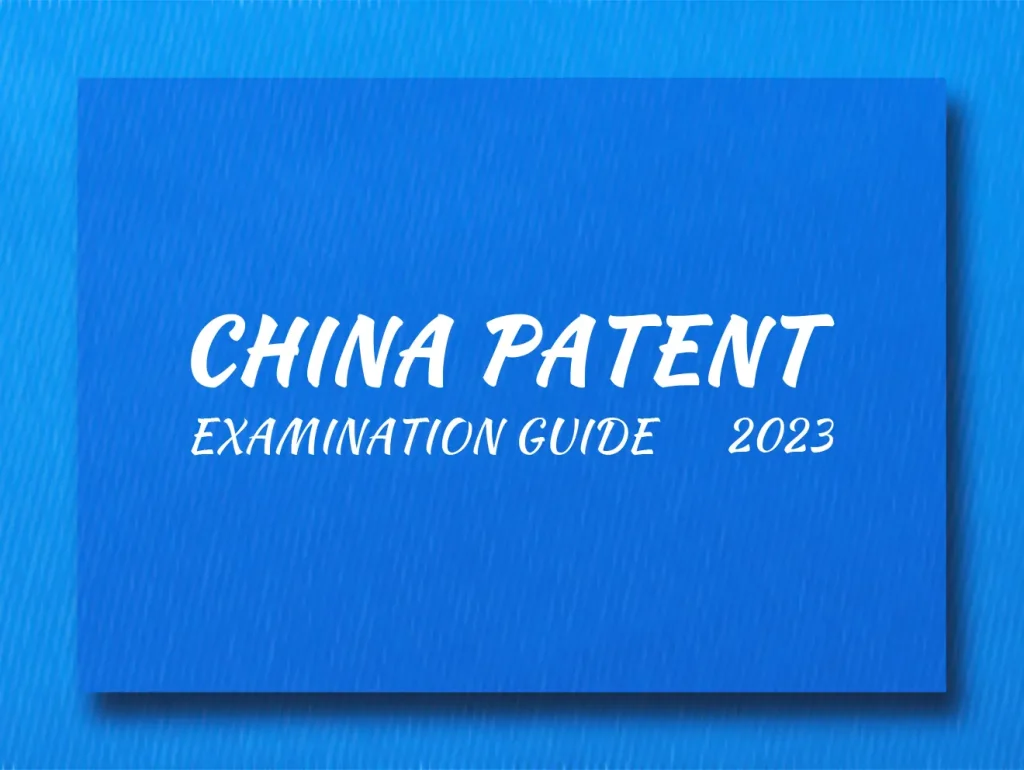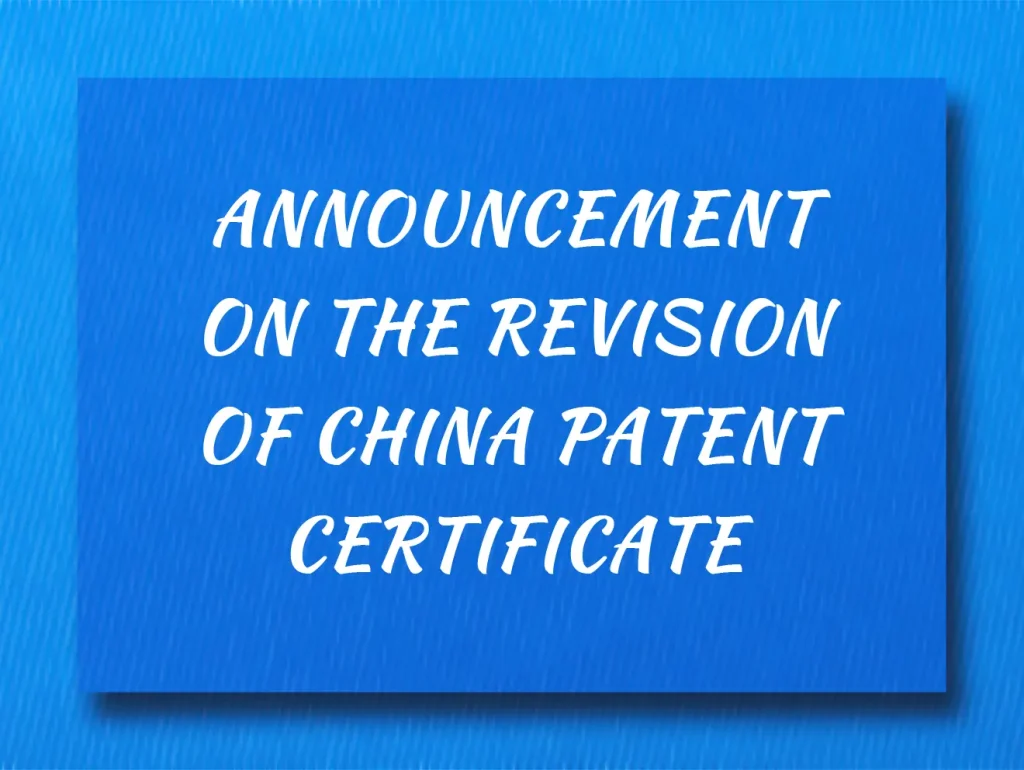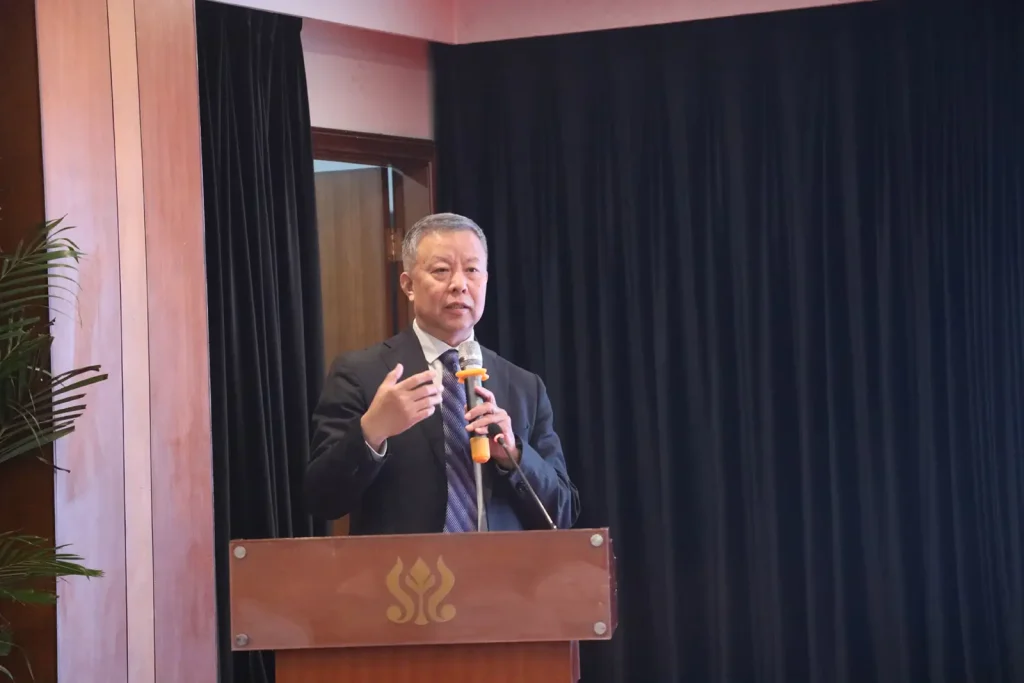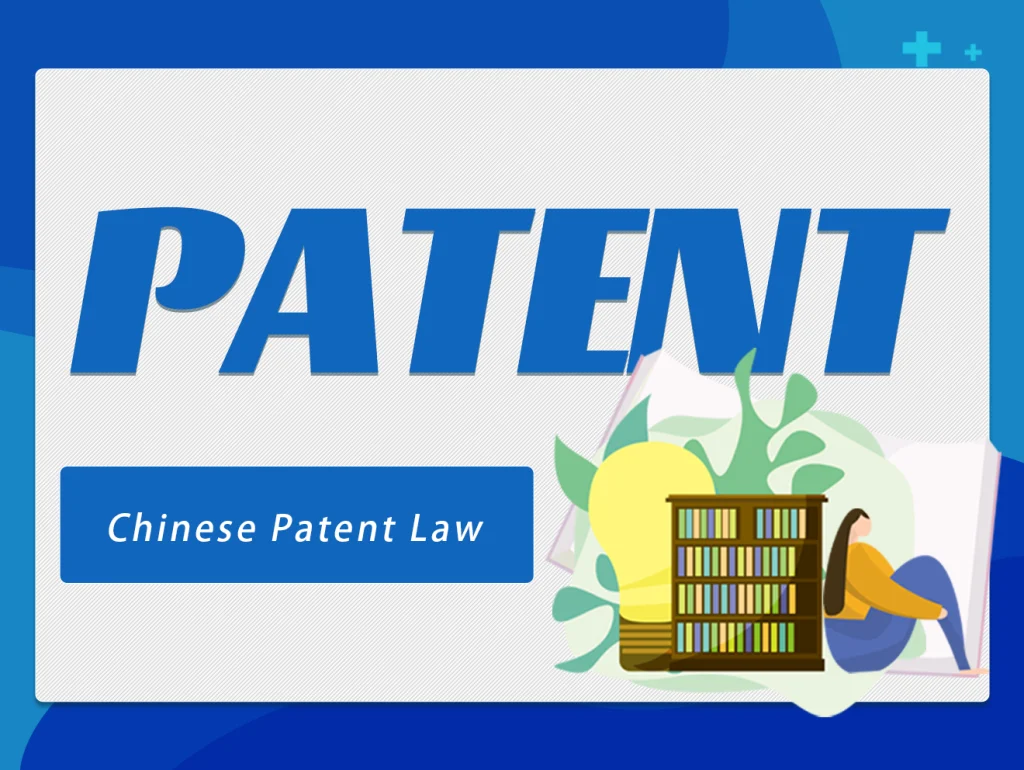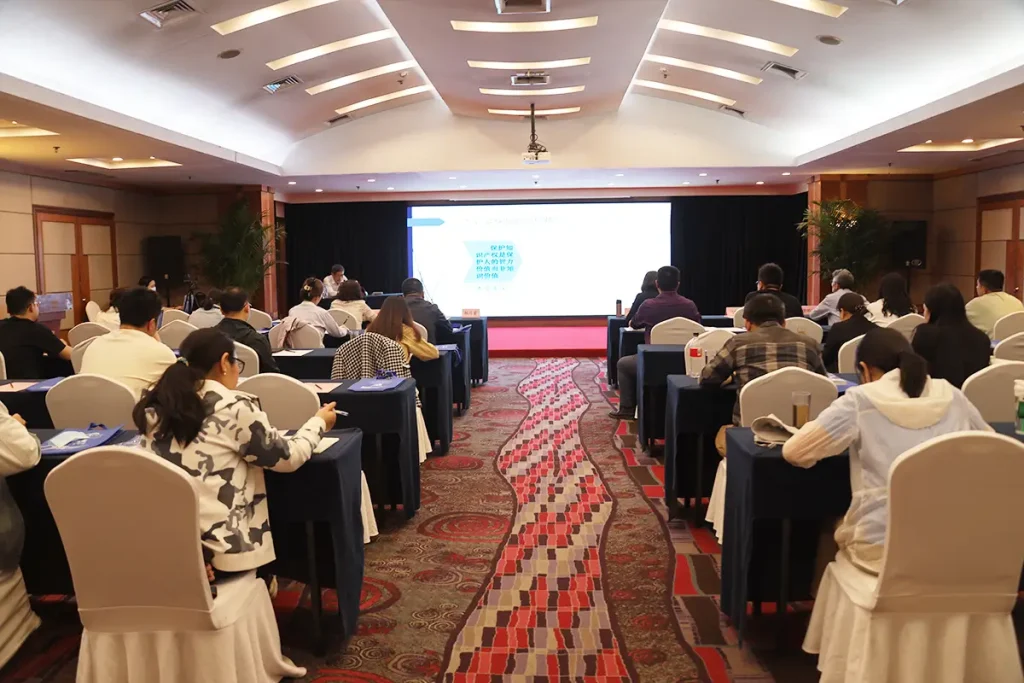Beware of big disputes over patent ownership in R&D contracts!
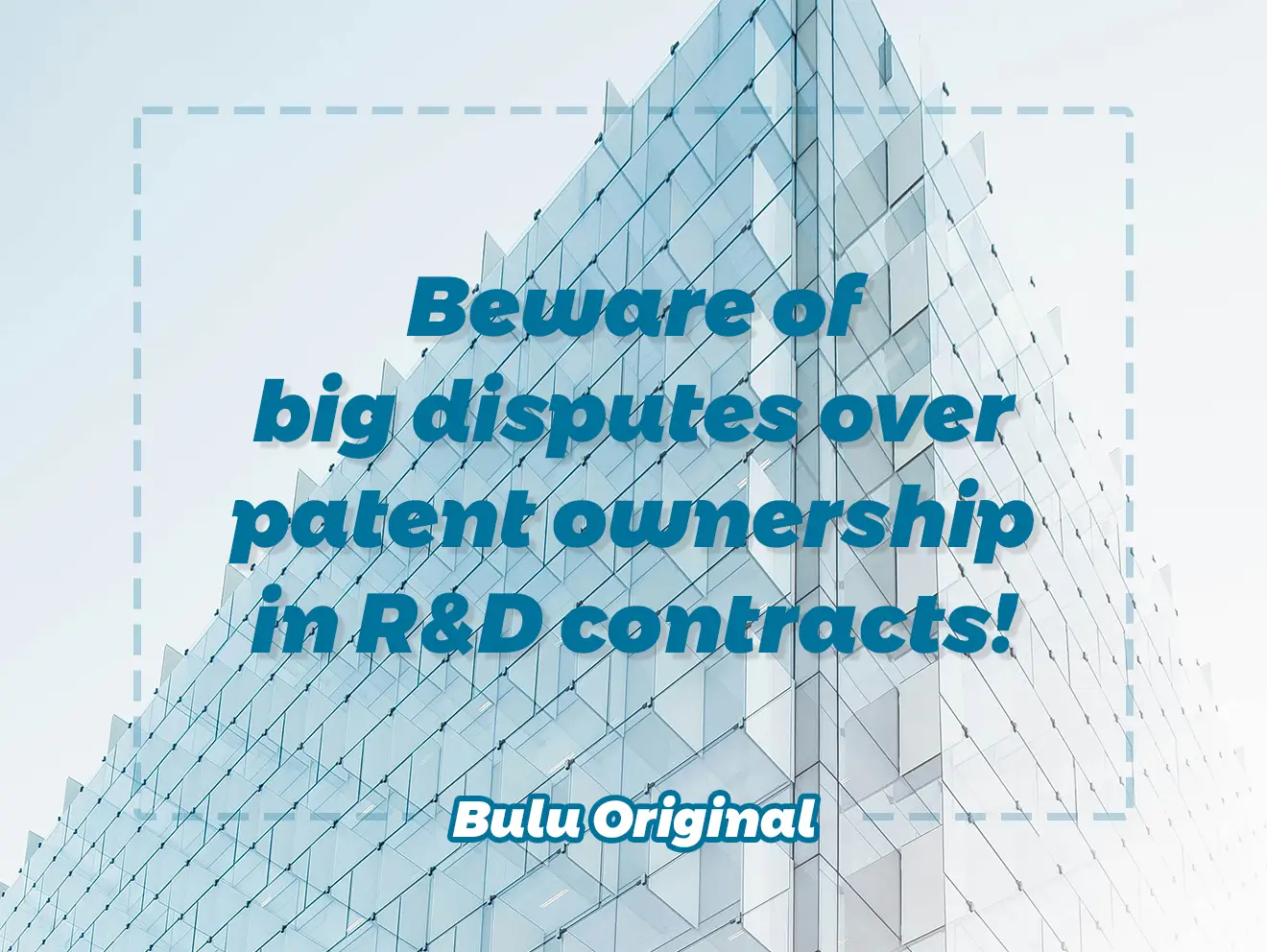
Beware of big disputes over patent ownership in R&D contracts!
Disputes over the ownership of patent application rights, patent rights and inventor’s signature rights are some of the more common types of patent ownership disputes.
The case published in SPC Civil Case Final Appeal No. 1258 (2020) can give us some inspiration, and enterprises should pay attention when cooperating with others.
The “inventor” in this case is a university teacher and the contact person in the “Technology Development (Commission) Contract” signed between the university and the “Plaintiff Company”. The inventor also signed a “Consulting Service Contract” with the Plaintiff Company. From May 2011 to June 2012 (during the dispute), the inventor and the Plaintiff Company had email exchanges discussing the content of the patent technology solution. Afterwards, the inventor himself applied for a patent for the technology containing the relevant invention points in the emails during the dispute period, and then changed the patent applicant to the “Defendant Company”. Therefore, the Plaintiff Company filed a lawsuit, requesting that the patent in question be awarded to the Plaintiff Company. The case was heard by two courts, and the Plaintiff Company’s lawsuit was ultimately rejected.
At this point, some people may ask, it is obvious that the plaintiff company paid for the technology development, so why did the plaintiff lose the case in the end?
The judgment is mainly based on the contract signed by both parties. There are two contracts between the inventor and the plaintiff company, and these two contracts neither clearly define the working relationship between the inventor and the plaintiff company (that is, there is no evidence to prove that the working relationship between the inventor and the plaintiff company is a labor relationship or a temporary working relationship), nor express the intention of the ownership of the relevant technical achievements formed based on the working relationship.
Although the plaintiff company paid the inventor a monthly salary and housing allowance, paid social security, reimbursed travel expenses, and listed the inventor as a new product development director and product manager, and there were weekly reports at work, etc. However, the Supreme Court held that the inventor’s identity as a university teacher had not changed; the above evidence was not sufficient to determine that there was a labor relationship or temporary work relationship between the inventor and the plaintiff company in the sense of “work invention”, and could not be the legal and factual basis for the plaintiff company to claim the ownership of the patent involved in the case on the grounds of work invention.
The existence of a labor relationship or temporary work relationship between the inventor and the unit is a prerequisite for determining work invention. The criterion for judging a labor relationship or temporary work relationship is whether the unit has obtained the labor control right over the inventor, including the labor control right including the creative labor to complete the invention. If there is only a general cooperative relationship between the unit and the inventor and does not have the labor control right over the inventor, the inventor’s invention does not belong to work invention.
According to the Patent Law, the patent (application) right in the process of cooperation or commissioned research and development shall be based on the contract agreement. If there is no agreement, the person who completes the invention can be the patent applicant.
Enlightenment from the case of patent ownership of commissioned R&D
This case reminds us:
1. When signing a contract, it is important to agree on the ownership of intellectual property rights. Otherwise, no matter how warm-hearted you are, you cannot change the legal provisions, which will lead to an embarrassing situation of spending money and suffering losses.
2. Enterprises and other market entities that want to engage in innovative research and development can refer to the “Enterprise Intellectual Property Management Specification GB/T29490” (national standard) and “Innovation Management System ISO56001” (international standard) to independently improve internal management.
Original link: “合同中的隐患:如何避免委托研发专利权属纠纷,及职务发明认定”


Shanghai Bulu Intellectual Property Agency LLP
Tel:+86 (0)21 5833 8320
Mail:tisc@joinhua.com
Add:No.199 JinXiang Rd. Pudong, Shanghai, China
© 2025 Shanghai bulu Intellectual Property Firm. Created with ❤ using WordPress and Kubio

